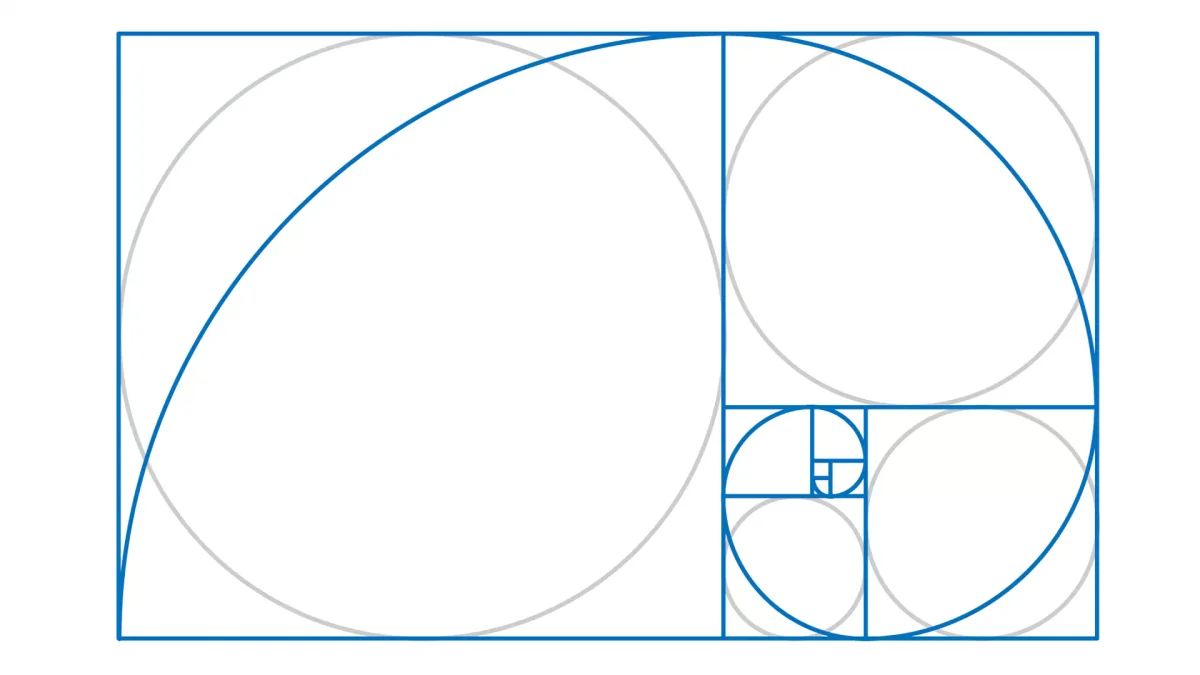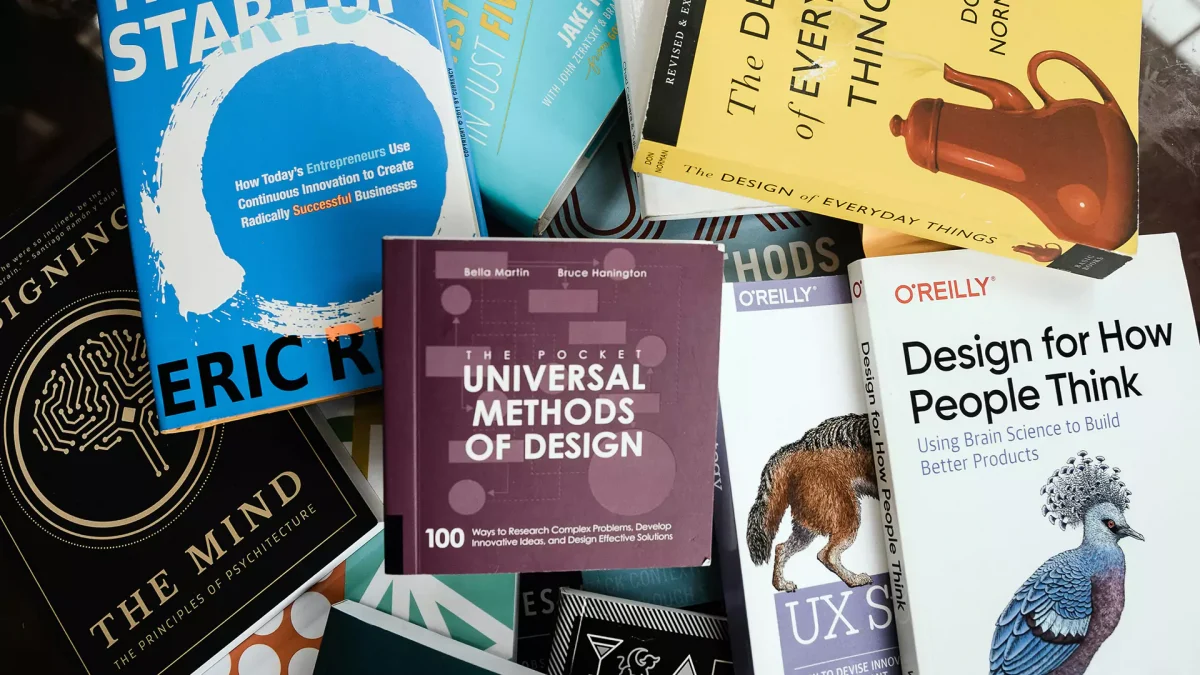What are the eternal principles of good design? As a design-first agency, the evolution of design and where it’s headed is our primary concern. Take a trip across the history of design with us as we explore the wider world of design.
Web design rules change fast, but some truths remain. I’ve watched design evolve from clunky fluorescent websites to intuitive experiences that seem to read our minds.
In 2025, good design isn’t just pretty – it’s predictive, accessible, and adapts to our behavior. The gap between exceptional and average grows wider each day.
So, what makes the difference? It’s not magic or luck. The best digital products follow clear principles that respect how humans interact with technology.
Think about the last website or app that made you smile. What made it special? Chances are it followed the exact principles we’ll explore today.

Even though AI is reshaping design, design and design thinking have been evolving since the dawn of human civilization. This ever-evolving landscape makes companies (past, present and future) face a choice: evolve or become irrelevant.
The principles that worked in 2024 aren’t enough anymore. Voice interfaces, augmented reality, and personalization aren’t futuristic concepts – they’re baseline expectations.
Surprisingly, the fundamentals of good design haven’t changed. They’ve deepened, and for the better. User research still matters. Accessibility remains non-negotiable. Mobile-first thinking continues to drive most decisions.
What has changed is how we apply these principles in a world where designers are required to anticipate needs before users express them.
Let’s examine what makes digital experiences work in 2025, not just for some users, but for everyone.
Essential Principles of Good Design Through the Ages
- Good design principles have remained consistent across centuries: balance, proportion, and functionality.
- Understanding design history helps create better modern digital experiences.
- These timeless principles can be directly applied to contemporary web and mobile applications.
The Classical Foundations of Design
Design principles didn’t emerge with digital interfaces. They’ve been refined through thousands of years of human history. The Golden Ratio (approximately 1:1.618) is one such example.
Although the origin of the ratio is still being debated on, Ancient Greek architecture recognized and utilized the concept of the Golden Ratio, a mathematical proportion that creates visually pleasing relationships between elements. This ratio appears in the Parthenon’s façade and continues to influence modern web layouts, brand elements and UI component relationships.

The ancient Romans contributed the principle of “form follows function” through their practical architectural innovations.
The ancient Roman architect Vitruvius, in his treatise “De Architectura,” emphasized the importance of utilitas (utility), firmitas (durability), and venustas (beauty) in good architecture.
Their aqueducts, roads, and buildings prioritized utility while maintaining visual harmony. This principle remains central to good UX design today: every element should serve a clear purpose. When examining Roman architecture, you’ll notice how structural elements are exposed rather than hidden, creating both aesthetic appeal and functional clarity.
For those seeking deeper historical context, Adrian Frutiger’s “Signs and Symbols: Their Design and Meaning” provides an exceptional analysis of how visual communication evolved from ancient civilizations. Although the book examines how we use symbols as a species and an introduction to fundamental design, it also offers insights that are relevant for modern designers.

Industrial Revolution: Standardization and Accessibility
The Industrial Revolution transformed design by introducing mass production. The market moved from craftsmanship to standardization. This period shifted the focus to functionality, affordability, and the scalability of production.
These led to the maxim that good design should be:
- Repeatable at scale
- Accessible to many users
- Consistent in quality and experience

The Bauhaus Boom & Industrialization: Building Modern Classics
The Bauhaus movement emerged as a response to industrialization, championing the principle that design should balance form and function while being accessible to ordinary people.
Walter Gropius and his colleagues rejected unnecessary or excessive decoration, focusing instead on clean lines and purposeful elements while embracing minimalism –a direct precursor to modern minimalist interfaces.
This period also marked the birth of systematic thinking about design. Designers began creating style guides and pattern libraries to ensure consistency across products. Today’s design systems for web and mobile applications are the direct descendants of these industrial-era innovations.
“The Design of Everyday Things” by Don Norman explores these industrial principles and how they apply to modern design. Norman writes, “Design is really an act of communication, which means having a deep understanding of the person with whom the designer is communicating.”
This user-centered approach became increasingly important as mass production expanded and manufacturing focused on crafting products for a wider range of consumers.
The Democratization of Good Design
The industrial era saw good design principles becoming more widely prevalent rather than being restricted to the elite. Companies like the Deutscher Werkbund in Germany pioneered the concept that quality design should be accessible to everyone, not just the wealthy. This democratization principle continues in modern web design, where accessibility standards ensure digital experiences work for users of all abilities.
Swedish design philosopher Victor Papanek took this further in his book “Design for the Real World,” arguing that designers have a social and moral responsibility. His work challenges designers to consider the broader impacts of their choices. This is even more relevant today when designing applications that might influence millions of users’ behaviors and decisions.

Modernism and the Birth of Visual Hierarchy
The Modernist movement of the early 20th century established principles that directly shaped today’s digital interfaces. Swiss Style (or International Typographic Style) introduced rigorous grid systems, hierarchical organization of content, and typographic discipline. These principles translate directly to today’s core web and mobile design fundamentals.
Designers like Jan Tschichold revolutionized typography with principles of clear visual hierarchy. His book “The New Typography” established rules for organizing information through contrast, size, and weight – echoing the natural scanning patterns of readers. Today’s web designers apply these same principles when structuring content for quick comprehension.
Josef Müller-Brockmann’s grid systems provided a framework for organizing visual elements with mathematical precision by offering a structured approach to design. His book “Grid Systems in Graphic Design” is still regarded as essential reading for UI designers. These grid-based approaches allow for both consistency and creative flexibility within structured frameworks – exactly what’s needed for responsive web design.
The principle of intentional white space (or negative space) also emerged during this period. Designers recognized that what’s left out is often as important as what’s included, creating some breathing room that helps users process information. This principle counters the tendency to crowd interfaces with features, focusing instead on clarity and minimalism.

Human-Computer Interaction: Design for Understanding
As computers entered the mainstream, new design principles emerged specifically for digital interfaces. The 1980s saw the development of fundamental HCI (Human-Computer Interaction); the principles of which are widely used in the design of software, hardware, and other digital technologies.
Cognitive load theory has become central to interface design. This is the understanding that humans expend mental effort to process information and that the working memory of humans has limits which any good design must respect.
Breaking complex tasks into manageable chunks, using progressive disclosure, and providing clear feedback loops have all emerged as essential principles for reducing the cognitive burden on the brain.
Ben Shneiderman’s “Eight Golden Rules of Interface Design” (from his book “Designing the User Interface“) established principles that remain relevant:
- Strive for consistency
- Enable frequent users to use shortcuts
- Offer informative feedback
- Design dialogs to yield closure
- Offer simple error handling
- Permit easy reversal of actions
- Support internal locus of control
- Reduce short-term memory load
These principles addressed the fundamental challenge of making technology comprehensible to humans. Apple’s Human Interface Guidelines, first published in 1987, translated these academic principles into practical design standards.
These guidelines emphasized consistency, user control, and feedback – principles that continue to shape successful digital products even today. When these principles are used, designers create interfaces that feel intuitive rather than forcing users to think like machines.
The Digital Age: User-Centered Design Emerges
The explosion of the popularity of the Internet in the 1990s and early 2000s brought new challenges that forced design to evolve. User-centered design emerged as the dominant philosophy, placing user needs at the core of the design process.
Jakob Nielsen’s 10 usability heuristics became foundational for evaluating digital interfaces. His work emphasized that good design should be visible, match the real world, maintain consistency, prevent errors, and prioritize recognition over recall. Nielsen’s book “Designing Web Usability” provides an in-depth exploration of these principles that continue to guide designers even today.
“About Face: The Essentials of Interaction Design” by Alan Cooper introduced the concept of goal-directed design: focusing on user objectives rather than just tasks. This shifted the design paradigm from “what users do” to “why they do it,” creating more meaningful digital experiences.
Steve Krug’s practical guidebook “Don’t Make Me Think” distilled these principles into actionable advice for web designers. As Krug explained, “If you want a great site, you’ve got to test.” This established usability testing as an essential practice rather than an optional extra.
The rise of mobile computing further refined these principles, emphasizing economy of interaction. With limited screen space and attention, mobile design principles focused on reducing friction, prioritizing key actions, and creating thumb-friendly interfaces that adapt to diverse contexts of use.

Timeless Principles for Today’s Design Challenges
Looking across design history, certain principles have proven universally applicable regardless of medium or era:
- Balance form and function: As Dieter Rams stated in his “Ten Principles for Good Design,” good design “makes a product useful” while also maintaining an aesthetic. This balance applies equally to physical and digital products.
- Design for context: Understanding where, when, and how users engage with your design has always been essential – from architecture that responds to its environment to responsive websites that adapt to different devices.
- Create clear hierarchies: From Egyptian pyramids to modern websites, successful designs guide attention through deliberate visual hierarchy, creating natural pathways for the eye to follow.
- Use constraint as a creative force: The most enduring designs embrace limitations rather than fighting them. Limited palettes, focused functionality, and deliberate reduction often yield more powerful results than unconstrained complexity.
Susan Weinschenk’s “100 Things Every Designer Needs to Know About People” provides research-backed insights into the psychological aspects of design that transcend specific technologies.
I believe that understanding these historical principles provides designers with a robust foundation for addressing new and evolving challenges.
While technologies will keep evolving rapidly, human perception, cognition, and behavior change much more slowly. The designer who understands these timeless principles can create more effective and enduring digital experiences.
Want to talk design? Connect with us at hello@kvds.in or WhatsApp/Call us at: +91 8766761868.
About the Author

Nikhil is a Web Technologist, boasting over 25 years of senior-level experience in UX, design, web and mobile development along with deployment.
He is recognized for his comprehensive technical acumen, effectively orchestrating complex projects to realize strategic objectives.
